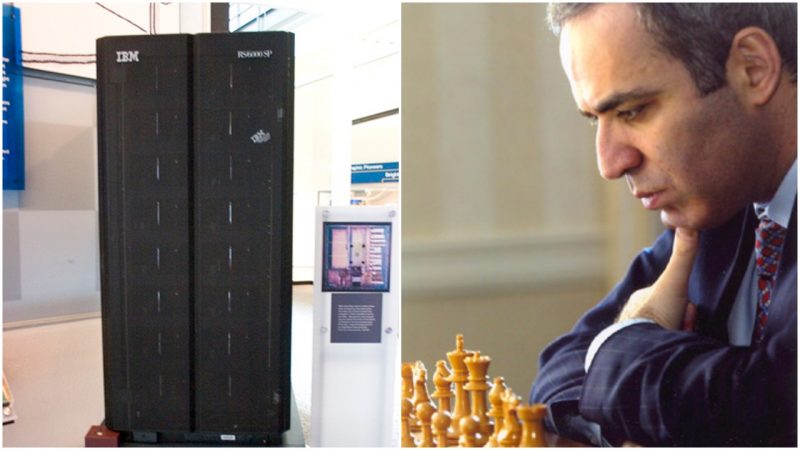Chess is known as one of the most difficult and most creative board games. Chess players are known to be able to achieve an incredible level of concentration in order to anticipate the moves of their opponents and calculate a winning strategy.
The earliest origins of the game date back to the 3rd century AD, when the fundamentals of chess were first conceived by the noblemen of Eastern India. Since then, the game evolved to its present state and the rigorous set of rules.
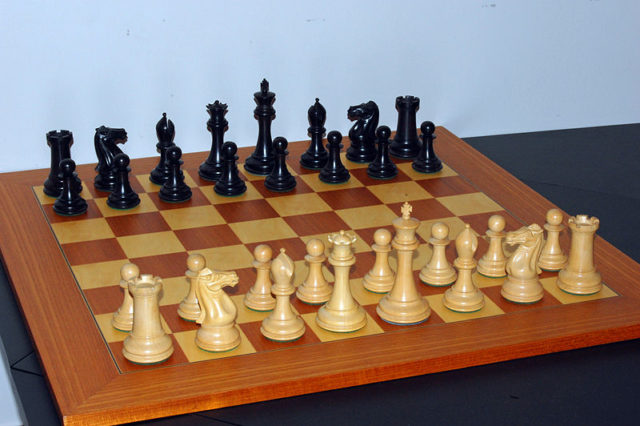
The first functioning chess computers were built in the 1950s. Although they were capable of creating complex strategies, they never posed a serious threat to experienced chess players until 40 years later. In 1996, IBM introduced “Deep Blue”, an advanced chess computer that announced the advent of the digital age and the unstoppable development of technology.
Deep Blue first demonstrated its power on February 10, 1996, when it defeated Garry Kasparov in game one of a six-game match. Kasparov is by many considered to be the greatest chess player of all time, and at the time he was the reigning world champion. In an interview conducted after the game, Kasparov said that he considers chess a form of mental torture, and revealed that he was startled by the computer’s capabilities.
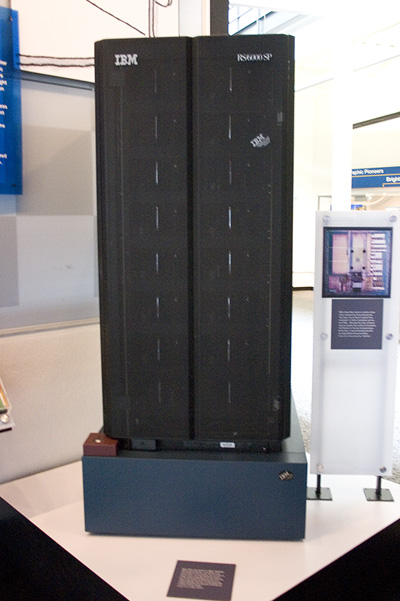
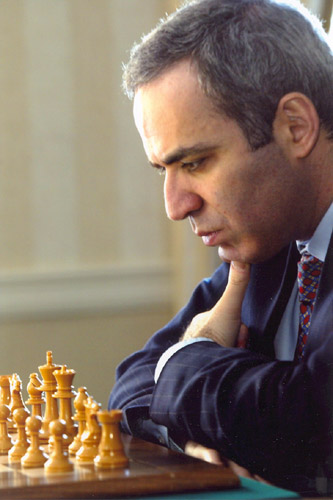
Immediately after the game, IBM heavily upgraded Deep Blue and invited Kasparov for a re-match. Kasparov accepted the challenge, and the match took place in May 1997. This time, Deep Blue defeated Kasparov and won the entire match.
Kasparov was outraged; he accused IBM of cheating because he said that the computer’s moves were far too creative. He challenged Deep Blue for a re-match, but it was never organized.
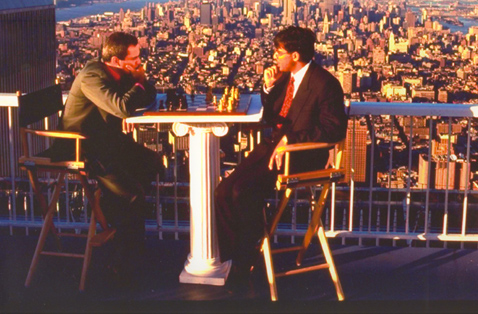
Deep Blue was then dismantled and retired. Nowadays its parts can be seen in the National Museum of American History and the Computer History Museum. The computer was capable of calculating 100 million positions in a single second. Although the analysis of the game has shown that Kasparov’s moves were unusually faulty and poorly judged, Deep Blue’s victory proved that a chess game could be won by disregarding human intuition and creativity, and using only complex mathematics.
The symbolism of Deep Blue’s victory was immense. The victory was seen as a proof that the complexity of artificial intelligence was catching up to human intelligence, and that machines had become capable of defeating human champions.
